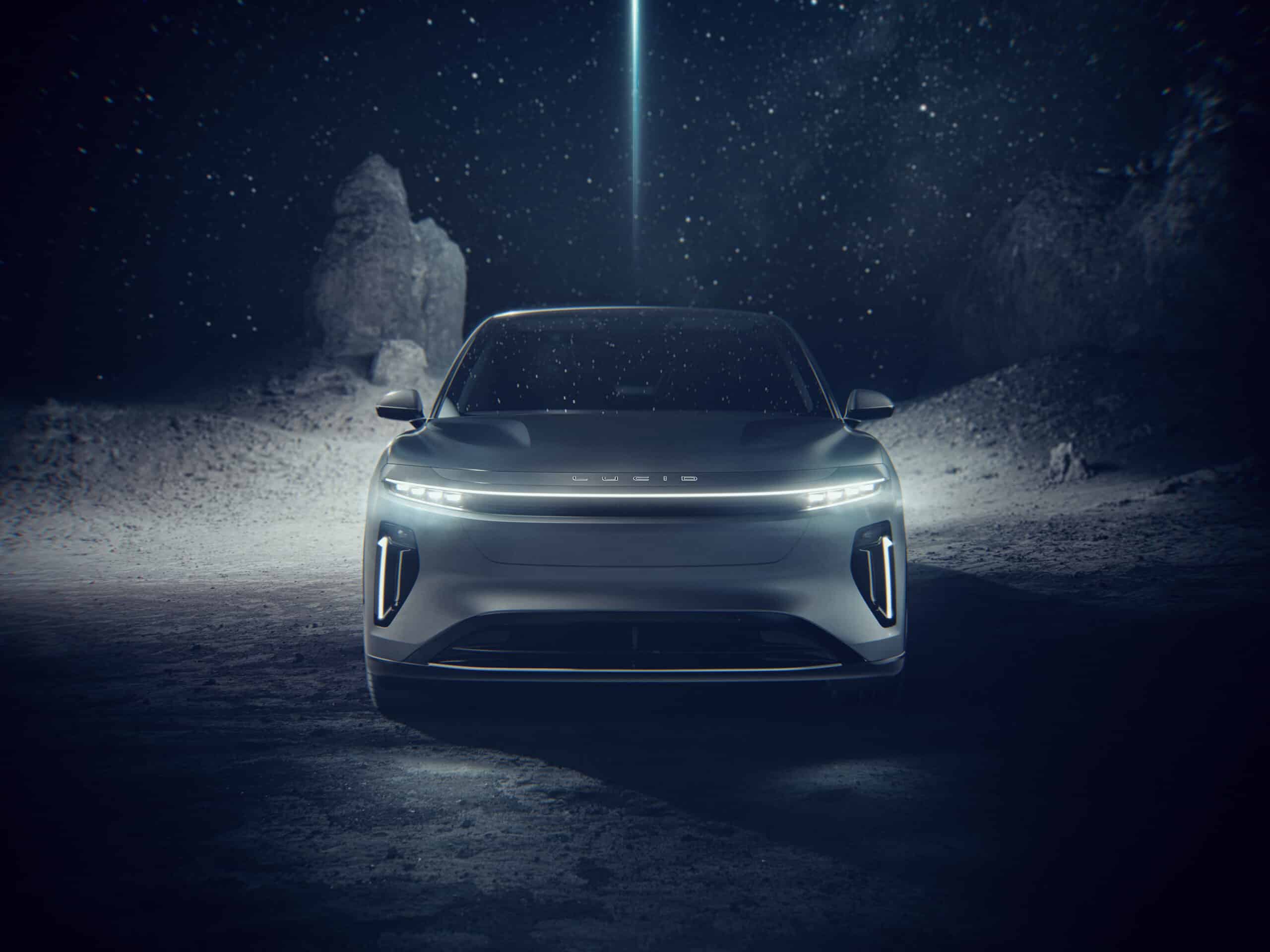Der erste Renault Espace fit in every garage, but not in a drawer when it rolled onto the streets in 1984: A car magazine had even classified the 4,25-short first generation in the "minibuses" category - which was a bit perplexed and fairly unfair. Because the father of all European vans has always scored with car comfort. The fifth generation of the family van now becomes a new interpretation of the crossover fashion theme. But first to the drive.
The small base diesel (96 kW / 130 PS, from 33.550 euros) is less convincing when it comes to driving dynamics. The saving champion known from the Scenic engine has 320 Newton meters of torque - but the six gears have to be turned out quite a bit in order to advance the large Espace reasonably quickly. An entry-level engine that is probably intended for the more relaxed part of the target group.
The more powerful diesel (118 kW / 160 hp, from 40.150 euros) and the turbo petrol engine (147 kW / 200 hp, from 38.450 euros) look much more agile. Above all, the gasoline engine will miss its fuel consumption targets if the driver moves the 4,86 meter car in the way that the engine and dual clutch gearbox do. Very fast starts and sprints are not the specialty of the Espace even with these engines. No wonder, since all three of them only have a displacement of 1,6 liters.
The steering and chassis are designed to be significantly more dynamic than their predecessors. The new driving dynamics program “Multi-Sense” (standard from mid-range Intens on the turbo engines) goes even further: Anyone who switches from “Eco” to “Comfort” and “Neutral” to “Sport” will be able to do so The Espace opens up new worlds: the response of the engine becomes noticeably more direct, the gears turn higher, the suspension settings become significantly harder, and the steering behavior becomes more direct. However, it will never be really brutal, and it doesn't have to be.
The big Renault also owes the fact that the Espace goes into corners - and out again - very nimbly to its all-wheel steering. This is standard in the top version and steers the rear wheels in the same direction as the front ones at higher speeds. This makes more jagged cornering possible - but in the “Comfort” setting this is accompanied by significant shock absorber swell.
Probably the more important advantage of all-wheel steering is that the two steered axles make maneuvering considerably easier in city traffic. Because then the rear wheels turn in the opposite direction to the front axle. This is a real pleasure, especially when parking.
Renault sees the Espace as a top model that should also bewitch BMW and Audi drivers. That's why they pack a lot in the entry-level model: even LED headlights, 8,7-inch touchscreens, light and rain sensors or navigation systems are always on board. And also the huge panoramic windshield - which, together with the filigree pillars and other large windows, creates the classic living space atmosphere for the Espace.
In addition to the basic version Life with the small diesel engine, there is also the Intens and Initiale Paris equipment. Textile leather seats, emergency brake assist, lane departure warning, distance warning or traffic sign recognition are included in the Intens, the top equipment indulges in napa leather, Bose surround sound, multi-adjustable massage seats, adaptive chassis and all-wheel steering. But nothing goes below 44.500 euros. Adaptive speed control, head-up display, large panoramic glass roof and other extras push the Espace over the € 50.000 threshold.
An easily accessible third row of seats, at least for children, costs 800 euros.
With a tap on the touchscreen, the driver can sink the seats in row three, as well as the ones in front, into the floor of the car. You can do this from the trunk, but of course it doesn't make the same impression.
The new Espace is also an eye-catcher. However, there is nothing left of the revolutionary one-box design of the original Espace: the mighty front end makes SUVs look better, and the higher cabin with the crouched windows looks little like a van. With a height of only 1,68 meters, Espace No. 5 is almost as crouched as his ancestor. By the way, he had a plastic body. For the successor, at least the doors are made of aluminum and the front fenders and the tailgate are made of plastic. This saves up to 250 kg in weight compared to the predecessor.
Incidentally, the French have not saved on the material quality: leather, plastics, tablet surface or rotary pushbuttons feel a class better than in the predecessor, and the insulation and seals are also visibly and audibly of higher quality. Perhaps the most important thing is: the new Espace does not fit into any known drawer again.
Author: Peter Weissenberg / SP-X









